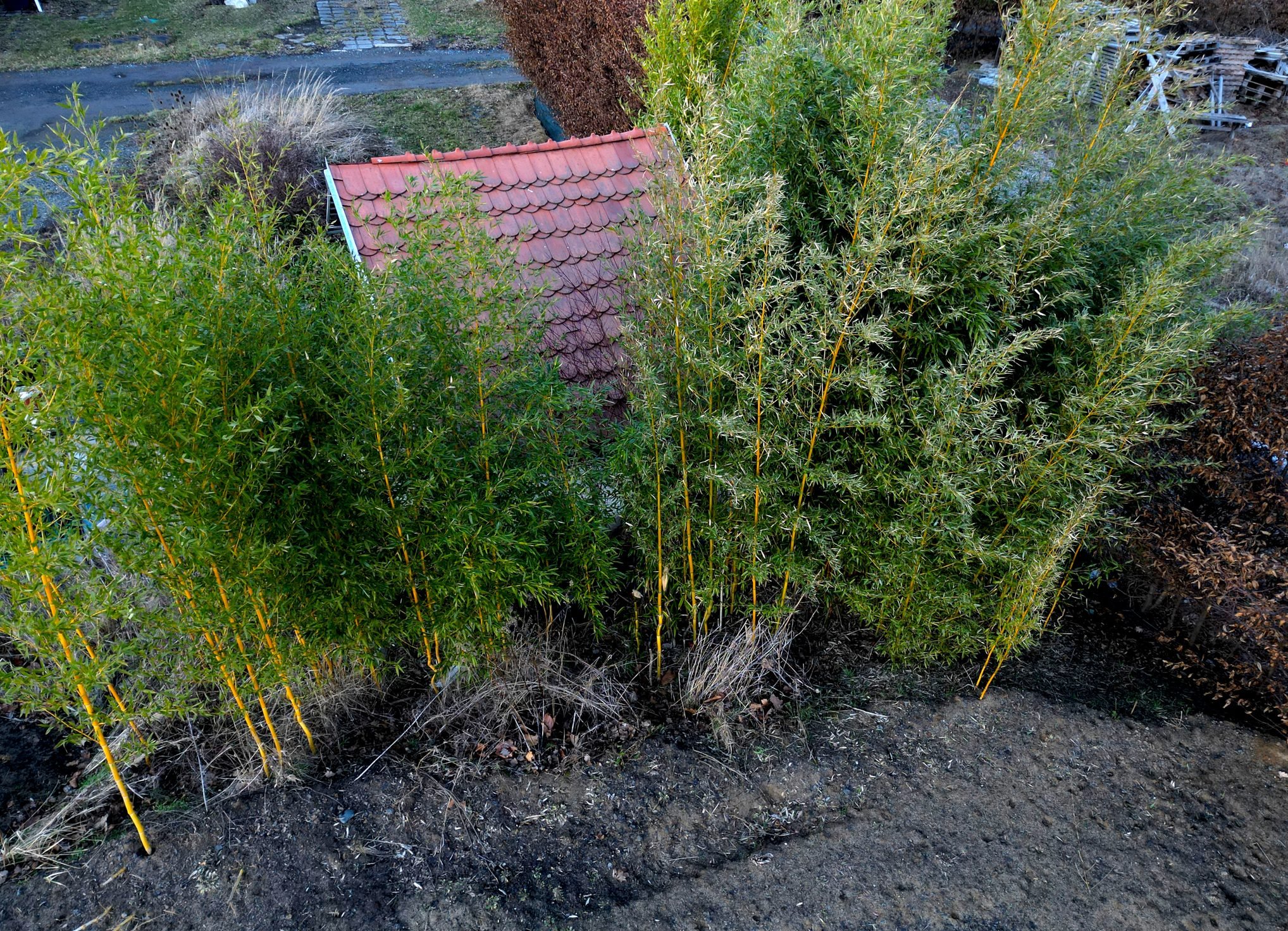Understanding Bamboo: A Fast-Growing Option for Privacy
Bamboo is often considered one of the fastest-growing plants for privacy screens. It can reach heights of 15 to 30 feet within a single season and offers dense, attractive foliage. Many people are tempted to grow bamboo in their yards due to its rapid growth and aesthetic appeal. However, the challenge lies in managing its spread, which can be difficult to control once it starts.
Key Considerations Before Planting Bamboo
Bamboo is a woody-stemmed plant with individual canes that sprout branches and leaves. It requires regular watering and is known for its incredible growth rate, with some species growing up to a foot per day until they mature. There are over 1,400 species of bamboo, but they generally fall into two categories: clumping and running.
Running bamboo is particularly fast-growing, reaching impressive heights in a short time. However, it spreads through underground rhizomes that are aggressive and hardy. According to Spencer Campbell from The Morton Arboretum, “Running bamboo can spread 15 to 20 feet a year underground. It’s not just fast-growing, it’s relentless.” In contrast, clumping bamboo grows more slowly and is less aggressive, though it typically does not reach the same height as running varieties.
Is Bamboo an Invasive Species?
In many regions, running bamboo is classified as invasive because it can quickly overtake native plants. Its rhizomes are so aggressive that they can spread beneath sidewalks, driveways, and even highways, reappearing on the other side and continuing to grow. Joyce Corbett, owner of Classic Courtyards, shares her experience with this issue. “It was in my yard when I bought the place, and I worked for years to get it under control,” she says. “It just takes over everything in its path.”
Methods to Prevent Bamboo Spread
If you’re still considering planting bamboo, there are several strategies to prevent it from spreading:
-
Choose Slow-Growing Varieties: Clumping bamboo has shorter rhizomes that grow more slowly, making them easier to contain. Spencer Campbell recommends Fargesia, a type of bamboo that tends to stay in one place and doesn’t spread aggressively.
-
Plant in Containers: Consider using raised beds or large planters to keep rhizomes contained. While this method works better for clumping bamboo, running varieties may still send rhizomes through drainage holes and into the soil, leading to unwanted spread.
-
Install Underground Barriers: Plastic barriers designed specifically for containing rhizomes can be effective. Campbell suggests installing these at least two feet deep in a closed loop around the plant. This approach is most successful with clumping varieties.
-
Regular Pruning and Management: Even with barriers or containers, rhizomes require ongoing attention. Periodically check for rhizomes, dig them up, and dispose of them properly. Do not compost rhizome pieces, as even a small fragment can grow into a new plant.
Removing Bamboo from Your Yard
Getting rid of bamboo, especially running varieties, can be a long and challenging process. For clumping bamboo, the best approach is to dig up the entire root system, including all rhizomes. Treating the remaining soil with boiling water or herbicides can help eliminate any leftover rhizome fragments.
Removing running bamboo is significantly more difficult. Campbell emphasizes the need for persistence. He recommends cutting the canes to the ground, digging out as many rhizomes as possible, and addressing any new shoots that emerge. Herbicides like glyphosate can also be effective. After cutting, allow the bamboo to regrow to four to six inches before applying the herbicide.
Corbett found success by cutting each cane four to five inches from the ground, then immediately applying herbicide to the cut stalks and spraying any new shoots as they appeared. “It took years of vigilance bordering on obsession, but it did eventually pay off,” she recalls.
Frequently Asked Questions
Does bamboo ever stop growing?
Each individual stalk of bamboo will stop growing after about 60 days. However, it continues to produce rhizomes, which form new stalks.
About the Experts
Spencer Campbell is the Plant Clinic Manager at The Morton Arboretum in Lisle, Illinois, located 25 miles west of Chicago. Joyce Corbett is the owner of Classic Courtyards in West Springfield, Massachusetts, and has over 40 years of experience in landscaping design and installation.







